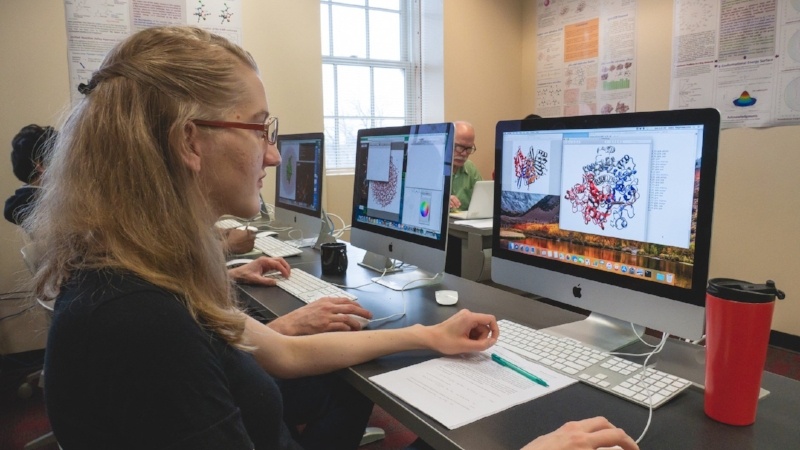
“Creativity is seeing what everyone else has seen, and thinking what no one else has thought.” – Albert Einstein
The history of science is full of stories about discoveries made by delightful accident and coincidence. It is also full of stories about scientists whose creative thinking opened up the possibility for great discovery.
As the fundamental or central science, the study of chemistry is especially linked to the insights that emerge in other scientific fields and requires a properly interdisciplinary approach to experimentation and learning.
Here’s how one chemist made a powerful connection between art and science and changed the course of history.
Art and Chirality
Louis Pasteur, the chemist whose scientific discoveries revolutionized life in the second half of the 19th century, was first and foremost an artist who relished painting and sculpture.
Pasteur is perhaps most commonly known for the scientific development that bears his name: the development of a food processing method-or pasteurization process- that eliminates bacteria in wine, beer, and milk and prevents it from spoiling. However, many people also know him as the man who developed vaccines for rabies, anthrax, and chicken cholera, and who made considerable advances in modern germ theory.
One of the least well known, but arguably most important scientific contributions that Pasteur made was early on in his career in his work with molecular asymmetry. While studying the crystal structures of paratartric acid, Pasteur and other chemists were intrigued by the way these crystals interacted with polarized light.
Eventually Pasteur concluded that a 50/50 mix of mirror-image crystals was unable to rotate polarized light because of their chiral structure. He was the first chemist to articulate chirality, or the existence of optical isomers, molecules that are nonsuperimposable on their mirror images. Chiral molecules can behave very differently from each other and are extremely common in pharmaceuticals. Pasteur’s articulation of this geometric molecular reality opened the door to great advances in biochemistry and medicine.
By some accounts, it was his great love for art that gave the young Pasteur insights into the nature of chemistry, biology, and microbiology that had eluded much older, more experienced scientists. His ability to visualize chiral molecular structures came from his experience transposing drawings from one medium to another.
Thinking about Chemistry in an Interdisciplinary Way
Not every Ph.D. in Chemistry student will have a background in art, but every student of chemistry should be exposed to thinking about chemistry in interdisciplinary ways. As is evident from Pasteur’s life and work, the revolutionary discoveries of chemistry come about when thinkers are able to make connections between seemingly unrelated phenomena. These discoveries then become most powerful and useful when incorporated into the worlds of medicine, biology, engineering, and environmental sciences.
In recent years, and in growing recognition for this need for interdisciplinary thinking, the field of chemistry has shifted its emphasis away from the traditional organization into 4 simple subfields — general, organic, analytical, and physical — and begun to focus more experimental efforts in the areas of overlap between chemistry and other fields.
Here at SMU, one major criterion of the research work we conduct is the chemical relevance of the results obtained from our efforts for Chemistry, Pharmacy, or Nanotechnology. At SMU in the Computational and Theoretical Chemistry Group (CATCO), we emphasize this interdisciplinary approach by no longer offering graduate courses in the classical disciplines of chemistry (general, organic, analytical, and physical), but instead, teaching our courses on the major topics in an interdisciplinary way, focusing our research and teaching efforts on the intersections of chemistry with areas of current need.
Interdisciplinary Thinking and Your Career
From the perspective of a prospective graduate student in the field of chemistry, the interdisciplinary approach to studying is helpful for both scientific success and for future career prospects. Studying chemistry in an interdisciplinary way allows students to translate their knowledge and background into a wide variety of career paths and fields of research.
If you are considering a graduate degree in chemistry, make sure that you’re looking for a program that emphasizes problem-solving and experimentation in interdisciplinary ways. The impact on the future of science and on the future of your career could be invaluable.
Are you interested in an interdisciplinary approach to chemistry?

